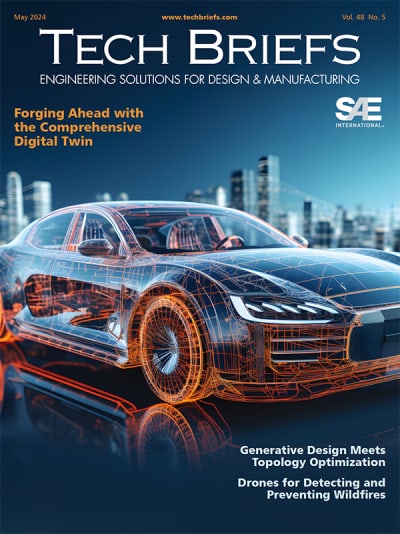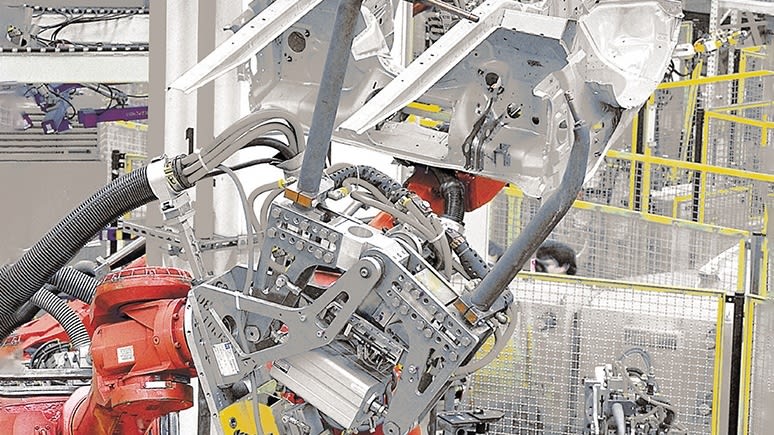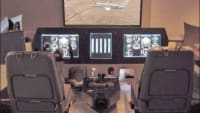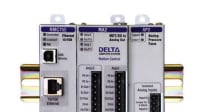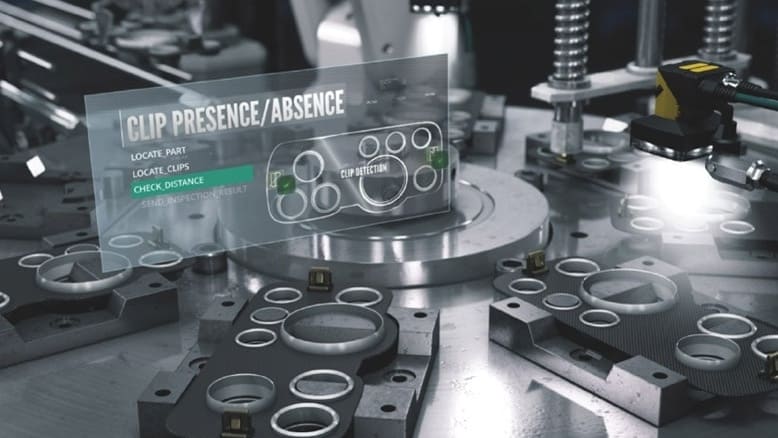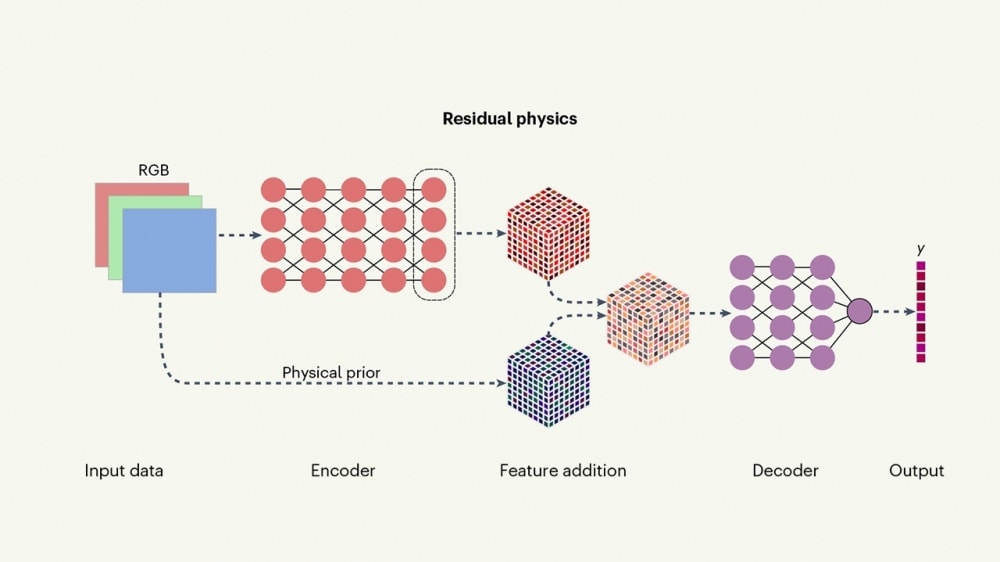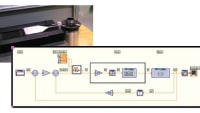Proportional-Integral-Derivative (PID) controllers are used in most automatic process control applications in industry today to regulate flow, temperature, pressure, level, and many other industrial process variables.
They date back to 1939, when the Taylor and Foxboro instrument companies introduced the first two PID controllers. All present-day controllers are based on those original proportional, integral, and derivative modes.
PID controllers are the workhorse of modern process control systems, as they automate regulation tasks that otherwise would have to be done manually. While the proportional control mode is the main driving force in a controller, each mode fulfills a unique function. Proportional and integral control modes are essential for most control loops, while the derivative mode is excellent for motion control. Temperature control is a typical application that uses all three control modes.
Manual Control

Without a PID controller, manual control of water temperature is a tedious process. For example, to keep a constant temperature of water discharged from an industrial gas-fired heater, an operator has to watch a temperature gauge and adjust a fuel gas valve accordingly (Figure 1). If the water temperature becomes too high, the operator has to close the gas valve just enough to bring the temperature back to the desired value. If the water gets too cold, he has to open the gas valve.
The control task done by the operator is called feedback control, because the operator changes the firing rate based on feedback from the process via the temperature gauge. The operator, valve, process, and temperature gauge form a control loop. Any change the operator makes to the gas valve affects the temperature, which is fed back to the operator, thereby closing the loop.
Automatic Control
To automate temperature control with a PID controller, the following are required:
- Install an electronic temperature measurement device
- Automate the valve by adding an actuator (and perhaps a positioner) so it can be driven electronically
- Install a controller and connect it to the temperature measurement device and automated control valve

The operator sets the PID controller’s set point (SP) to the desired temperature, and the controller’s output (CO) sets the position of the control valve. The temperature measurement, called the process variable (PV), is then transmitted to the PID controller, which compares it to the set point and calculates the difference, or error (E), between the two signals. Based on the error and the controller’s tuning constants, the controller calculates the appropriate controller output to set the control valve at the correct position to keep the temperature at the set point (Figure 2). If the temperature rises above its set point, the controller will reduce the valve position and vice versa.
Each of the controller’s three modes reacts differently to the error. The amount of response produced by each control mode is adjustable by changing the controller’s tuning settings.
Proportional Control Mode
The proportional control mode changes the controller output in proportion to the error. If the error increases, the control action increases proportionally.
The adjustable setting for proportional control is called the Controller Gain (Kc). A higher controller gain increases the amount of proportional control action for a given error. If the controller gain is set too high, the control loop will begin oscillating and become unstable. If set too low, the control loop will not respond adequately to disturbances or set point changes.
For most controllers, adjusting the controller gain setting influences the amount of response in the integral and derivative control modes.
The Proportional-Only Controller
A PID controller can be configured to produce only a proportional action by turning off the integral and derivative modes. Proportional controllers are simple to understand and easy to tune: the controller output is simply the control error times the controller gain, plus a bias. The bias is needed so the controller can maintain a non-zero output while the error is zero (process variable at set point). The drawback is offset, which is a sustained error that cannot be eliminated by proportional control alone. Under proportional-only control, the offset will remain present until the operator manually changes the bias on the controller’s output to remove the offset. This is known as a manual reset of the controller.
Integral Control Mode

The need for manual reset led to the development of automatic reset, known as the integral control mode. The function of the integral control mode is to increment or decrement the controller’s output over time to reduce the error, as long as there is any error present (process variable not at set point). Given enough time, the integral action will drive the controller output until the error is zero.
If the error is large, the integral mode will increment/decrement the controller output at a fast rate; if the error is small, the changes will be slow. For a given error, the speed of the integral action is set by the controller’s integral time setting (Ti). If the integral time is set too long, the controller will be sluggish; if it is set too short, the control loop will oscillate and become unstable.
Most controllers use integral time in minutes as the unit of measure for integral control. Some use integral time in seconds, and a few controllers use integral gain (Ki) in repeats per minute.
Proportional + Integral Controller
Commonly called the PI controller, the proportional + integral controller’s output is made up of the sum of the proportional and integral control actions.
After a disturbance, the integral mode continues to increment the controller’s output until it has eliminated all offset and brought the heater outlet temperature back to its set point.
Derivative Control Mode
Derivative control is rarely used in controlling processes, though it is often used in motion control. It is very sensitive to measurement noise, it makes trial-and-error tuning more difficult, and it is not absolutely required for process control. However, using a controller’s derivative mode can make certain types of control loops – temperature control, for example – respond faster than with PI control alone.
The derivative control mode produces an output based on the rate of change of the error. It produces more control action if the error changes at a faster rate; if there is no change in the error, the derivative action is zero. This mode has an adjustable setting called Derivative Time (Td). The larger the derivative time setting, the more derivative action is produced. If the derivative time is set too long, however, oscillations will occur and the control loop will be unstable. A Td setting of zero effectively turns off the derivative mode. Two units of measure are used for the derivative setting of a controller: minutes and seconds.
Proportional + Integral + Derivative Controller

The output of a PID controller is made up of the sum of the proportional, integral, and derivative control actions. PID control algorithms come in different designs, including the noninteractive algorithm and the parallel algorithm. Both are shown in Figure 3.
In a PID controller, the derivative mode provides more control action sooner than is possible with either P or PI control. This reduces the effect of a disturbance and shortens the time it takes for the level to return to its set point.
Figure 4 compares the process heater outlet temperature recovery time after a sudden change in fuel gas pressure under P, PI, and PID control.
Controller Tuning
PID controllers require tuning, but when they first came to market, there were no clear instructions on how to do this. Tuning was done through trial and error until 1942, when two tuning methods were published by J. G. Ziegler and N. B. Nichols from the Taylor Instruments Company.
These tuning rules work well on processes with very long time constants relative to their dead times and on level control loops, which contain an integrating process. They do not work well on control loops that contain self-regulating processes, such as flow, temperature, pressure, speed, and composition.
A self-regulating process always stabilizes at some point of equilibrium, which depends on the process design and controller output; if the controller output is set to a different value, the process will respond and stabilize at a new point of equilibrium.
Most control loops contain self-regulating processes, and tuning methods have been developed for them. The Cohen-Coon tuning rules, for example, work well on virtually all control loops with self-regulating processes. These rules were originally designed to give a very fast response, but this resulted in loops with a high oscillatory response. With slight modification of the rules, control loops still respond quickly but are much less prone to oscillations. Today there are more than 100 controller tuning methods, each designed to achieve a certain objective.
Conclusion
Modern process control systems could not exist without PID controllers, as all control functions would have to be done manually. Each of the proportional, integral, and derivative control modes fulfills a unique function, and tuning rules have been developed to ensure efficient process control for all types of loops and applications.
This article was written by Lee Payne, CEO of Dataforth Corporation, Tucson, AZ. For more information, Click here .
Resources
For information on Dataforth’s MAQ®20 industrial data acquisition and control system, download the Catalog.
References
- an122: Introduction to PID Control
- an123: Tuning Control Loops for Fast Response
- an124: Tuning Control Loops with the IMC Tuning Method
- an125: Tuning Level Control Loops
- an126: Tuning Surge Tank Level Control Loops
